Home>Maintenance & Safety>Safety Equipment & Products>How To Childproof A Washing Machine
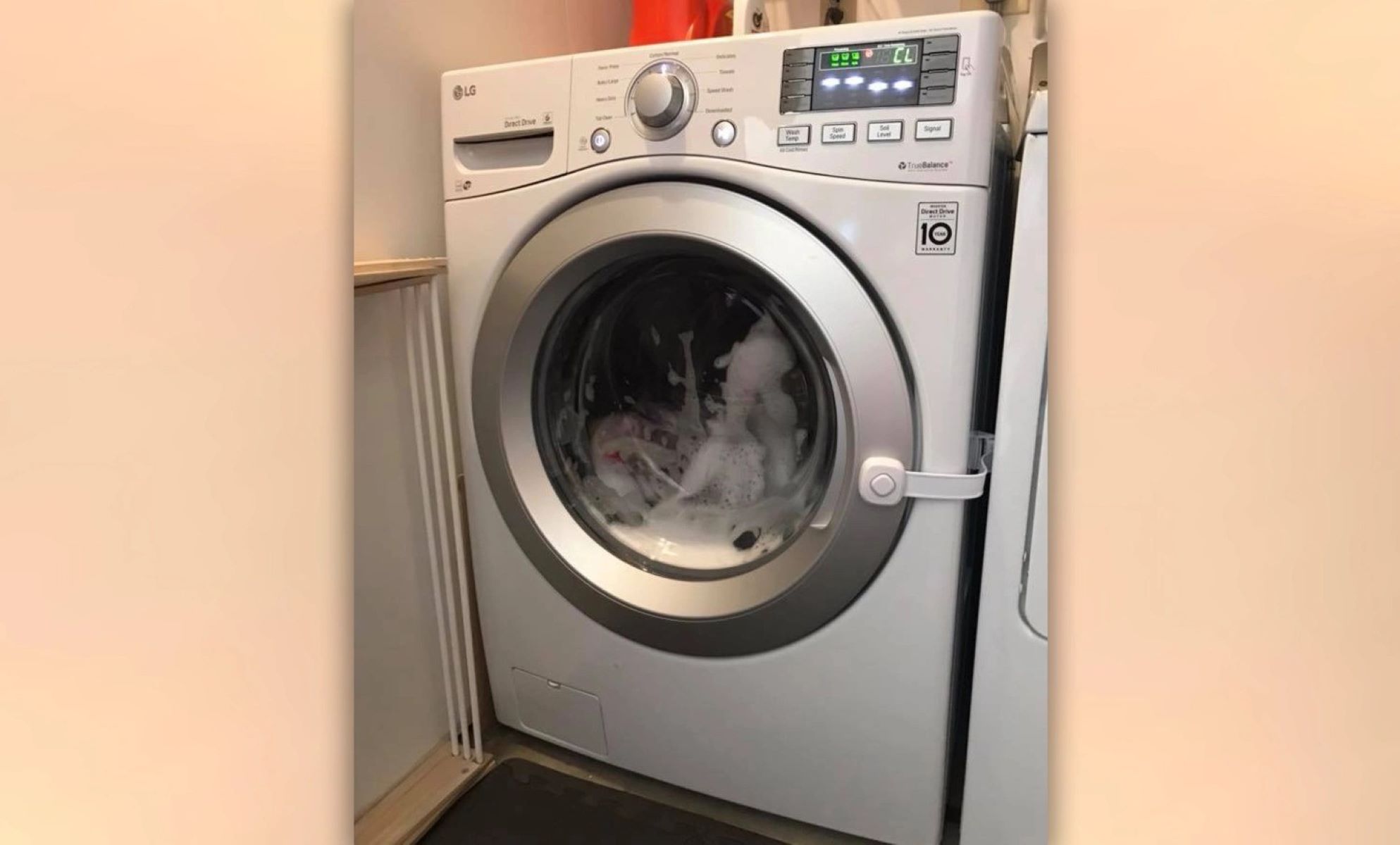

Safety Equipment & Products
How To Childproof A Washing Machine
Modified: January 4, 2024
Learn how to childproof your washing machine with the best safety equipment and products. Keep your little ones safe with these essential tips and tricks.
(Many of the links in this article redirect to a specific reviewed product. Your purchase of these products through affiliate links helps to generate commission for Storables.com, at no extra cost. Learn more)
**
Introduction
**
Child safety is a top priority for any parent or caregiver. As children are naturally curious and adventurous, it's crucial to create a safe environment for them to explore and play. This includes taking measures to childproof household appliances, such as the washing machine, which can pose potential risks if not properly secured.
In this comprehensive guide, we will delve into the essential steps to childproofing a washing machine, ensuring that parents and caregivers are equipped with the knowledge and tools to safeguard their little ones from potential hazards. From assessing the risks to installing childproof locks and educating children about the dangers associated with washing machines, this article will provide valuable insights and practical tips to promote a secure home environment.
By implementing the strategies outlined in this guide, you can have peace of mind, knowing that your child's safety is prioritized, and potential accidents involving the washing machine are significantly minimized. Let's embark on this journey to create a safer, more secure living space for our children.
Key Takeaways:
- Childproofing a washing machine involves installing locks, educating children, and regular maintenance to keep them safe from potential dangers like entrapment and chemical exposure.
- By using childproof locks, teaching kids about washing machine safety, and maintaining the appliance, parents can create a secure environment where children can explore with confidence.
Read more: What Makes Childproof Containers Childproof?
Assessing the Risks
Before delving into the specific measures to childproof a washing machine, it’s essential to understand the potential risks it poses to young children. Washing machines, with their rotating drums, sharp edges, and heavy doors, can present various hazards if not handled with care. The following are some key risks associated with washing machines:
- Entrapment: The rotating drum and moving parts of a washing machine can pose a risk of entrapment, especially for small children who may be curious and inclined to explore the machine’s interior.
- Drowning Hazard: Washing machines typically have a water-filled drum during the wash cycle, presenting a potential drowning hazard if a child gains access to the machine and falls inside.
- Pinch Points: The closing and locking mechanism of washing machine doors can create pinch points, posing a risk of injury to little fingers and hands.
- Chemical Exposure: Laundry detergents and other cleaning agents used in the washing machine can be toxic if ingested, posing a risk to children who may mistake them for food or drink.
By recognizing these risks, parents and caregivers can take proactive steps to mitigate potential dangers and create a safer environment for children around the washing machine. Understanding the specific hazards allows for targeted and effective childproofing measures, ensuring comprehensive protection for young ones.
Now that we have identified the potential risks associated with washing machines, let’s move on to the practical steps for childproofing these appliances to minimize the likelihood of accidents and injuries.
Installing Childproof Locks
One of the most effective ways to enhance the safety of a washing machine and prevent unauthorized access by children is by installing childproof locks. These locks are specifically designed to secure the washing machine’s door, minimizing the risk of accidental opening and access to the machine’s interior. Here are the key steps to effectively install childproof locks:
- Selecting Appropriate Locks: Begin by choosing high-quality childproof locks that are specifically designed for washing machines. These locks are often equipped with sturdy adhesive or mechanical fastening mechanisms to ensure a secure fit.
- Cleaning and Drying the Surface: Before attaching the locks, ensure that the surface of the washing machine’s door is clean and dry. This will promote optimal adhesion and stability for the childproof locks.
- Positioning the Locks: Carefully position the childproof locks on the washing machine’s door, ensuring that they are strategically placed to prevent the door from being opened by small children. Follow the manufacturer’s guidelines for precise placement.
- Securing the Locks: Once positioned, firmly secure the childproof locks to the door, ensuring that they are tightly fastened and resistant to tampering by curious little ones.
- Testing the Locks: After installation, thoroughly test the childproof locks to confirm that they effectively prevent the washing machine’s door from being opened by applying gentle pressure and ensuring that the locking mechanism functions as intended.
By diligently following these steps, you can significantly enhance the safety of your washing machine and minimize the risk of accidents or injuries resulting from unauthorized access by children. Childproof locks provide a reliable barrier, offering peace of mind to parents and caregivers while allowing children to safely coexist with the appliance in the household environment.
Now that we have covered the essential steps for installing childproof locks, it’s important to complement these physical measures with education and awareness to further promote a secure environment for children around the washing machine.
Install a child lock on the washing machine to prevent children from opening the door and accessing the inside. Keep laundry detergent and other hazardous materials out of reach.
Educating Your Child
While implementing physical safety measures such as childproof locks is crucial, educating your child about the potential dangers associated with washing machines is equally important. By instilling awareness and understanding, children can develop a sense of caution and responsibility, reducing the likelihood of accidents. Here are some effective strategies for educating your child about washing machine safety:
- Age-Appropriate Discussions: Engage in age-appropriate conversations with your child about the potential risks posed by washing machines. Use language and concepts that are suitable for their developmental stage to ensure understanding.
- Demonstrate Safe Practices: Take the time to demonstrate and explain safe practices around the washing machine. Emphasize the importance of not playing near or attempting to operate the machine without adult supervision.
- Establish Boundaries: Set clear boundaries regarding access to the washing machine. Communicate that it is off-limits for play and exploration, reinforcing the idea that it is a household appliance that requires adult oversight.
- Highlight Dangers: Discuss specific dangers, such as entrapment, the risk of climbing into the machine, and the potential hazards associated with detergent and water, to raise awareness and caution.
- Reinforce Regular Supervision: Emphasize the need for adult supervision when the washing machine is in use. Make it clear that only adults should operate the appliance, and children should maintain a safe distance.
By proactively engaging in these educational efforts, you empower your child with the knowledge and understanding necessary to navigate their environment safely. This proactive approach not only enhances their safety around the washing machine but also cultivates a sense of responsibility and awareness that extends to other areas of their lives.
While education plays a pivotal role in promoting washing machine safety, it is equally important to emphasize the significance of regular maintenance and inspection to ensure the ongoing security of the appliance and minimize potential risks.
Regular Maintenance and Inspection
Ensuring the ongoing safety and functionality of your washing machine involves regular maintenance and thorough inspections. By incorporating these practices into your household routine, you can identify and address any potential issues that may compromise the appliance’s safety. Here are essential steps for maintaining and inspecting your washing machine:
- Check Door Seals and Latches: Regularly inspect the door seals and latches to ensure they are intact and secure. Damaged or faulty seals and latches can compromise the effectiveness of childproof locks and contribute to potential safety hazards.
- Monitor Control Panel Accessibility: Verify that the washing machine’s control panel is not easily accessible to young children. Ensure that settings cannot be tampered with or activated unintentionally, minimizing the risk of accidents.
- Examine Power Cord and Plug: Routinely assess the condition of the washing machine’s power cord and plug. Look for any signs of fraying, damage, or exposed wires, and promptly address any issues to prevent electrical hazards.
- Inspect Drainage and Water Hoses: Regularly check the drainage and water hoses for leaks, blockages, or damage. Proper drainage and water flow are essential for the safe operation of the washing machine and to prevent potential water-related accidents.
- Clean Detergent Dispenser and Residue: Periodically clean the detergent dispenser and remove any residue or buildup. This not only ensures optimal washing performance but also minimizes the risk of children coming into contact with detergent remnants.
- Securely Store Laundry Supplies: Store laundry detergents, fabric softeners, and other cleaning agents in secure, child-resistant containers and cabinets, out of reach of children. Proper storage prevents accidental ingestion and exposure to harmful substances.
By integrating these maintenance and inspection practices into your routine, you contribute to the overall safety and functionality of your washing machine. Regular assessments and proactive maintenance efforts serve as proactive measures to safeguard against potential hazards and maintain a secure environment for children.
With a comprehensive understanding of the risks associated with washing machines and the proactive measures to mitigate these risks, you are well-equipped to create a safe and secure environment for your child. By combining childproofing measures, education, and regular maintenance, you can promote a household environment where the well-being of your child is prioritized, and potential risks are effectively minimized.
Read more: How To Childproof Windows
Conclusion
Childproofing a washing machine is an essential aspect of creating a safe and secure environment for children within the home. By recognizing the potential risks associated with washing machines and implementing proactive measures, parents and caregivers can significantly minimize the likelihood of accidents and injuries. From installing childproof locks to educating children about washing machine safety and conducting regular maintenance and inspections, a comprehensive approach to childproofing ensures a well-protected living space for young ones.
It is crucial to approach childproofing as a multifaceted endeavor, encompassing both physical safety measures and educational initiatives. Childproof locks serve as a reliable barrier, preventing unauthorized access to the washing machine, while education fosters awareness and responsible behavior in children. Additionally, regular maintenance and inspections contribute to the ongoing safety and functionality of the appliance, further reducing potential risks.
By integrating these strategies, parents and caregivers can instill a sense of security and well-being, knowing that their children are safeguarded from the potential hazards associated with washing machines. This holistic approach not only enhances the physical safety of the household but also cultivates a culture of awareness, responsibility, and proactive risk mitigation within the family environment.
Ultimately, the goal of childproofing a washing machine is to create a harmonious balance between exploration and safety, allowing children to thrive in a protected and secure setting. By prioritizing the well-being of young ones and taking proactive measures to mitigate potential risks, parents and caregivers play a pivotal role in fostering a nurturing and secure home environment for their children.
With the insights and strategies outlined in this guide, you are empowered to embark on the journey of childproofing your washing machine, promoting a safe and secure space where your child can flourish, explore, and thrive with confidence and peace of mind.
Frequently Asked Questions about How To Childproof A Washing Machine
Was this page helpful?
At Storables.com, we guarantee accurate and reliable information. Our content, validated by Expert Board Contributors, is crafted following stringent Editorial Policies. We're committed to providing you with well-researched, expert-backed insights for all your informational needs.
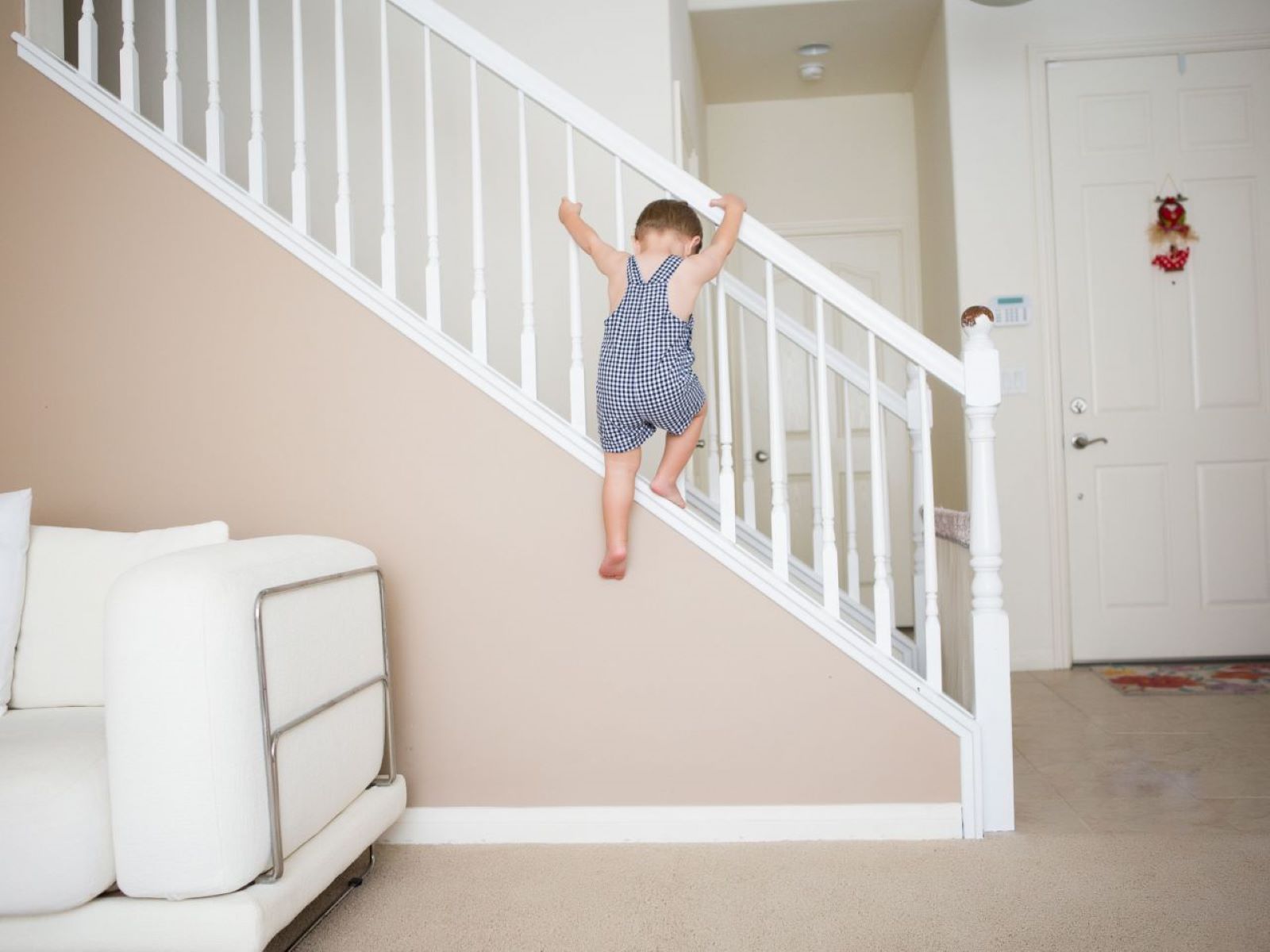
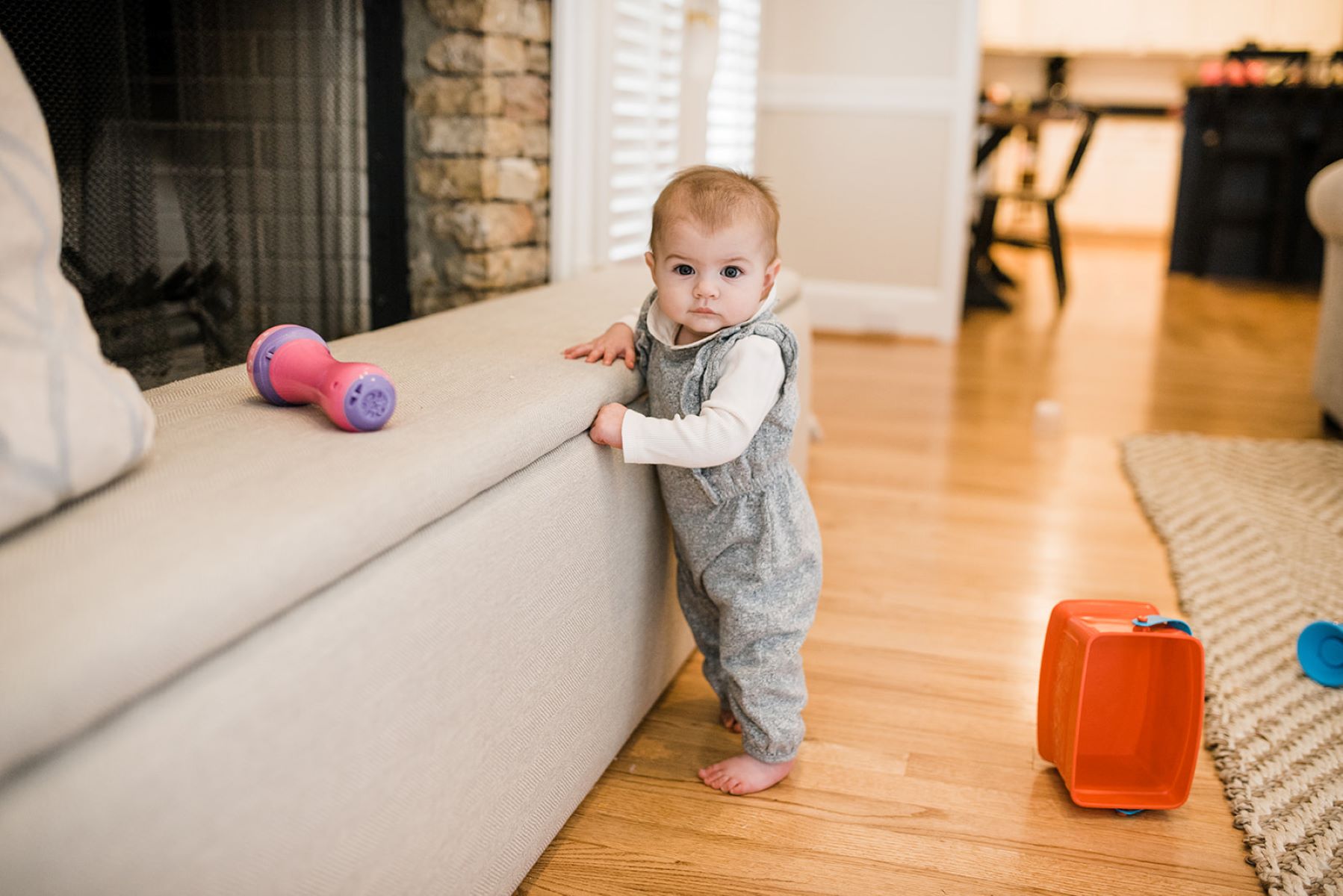
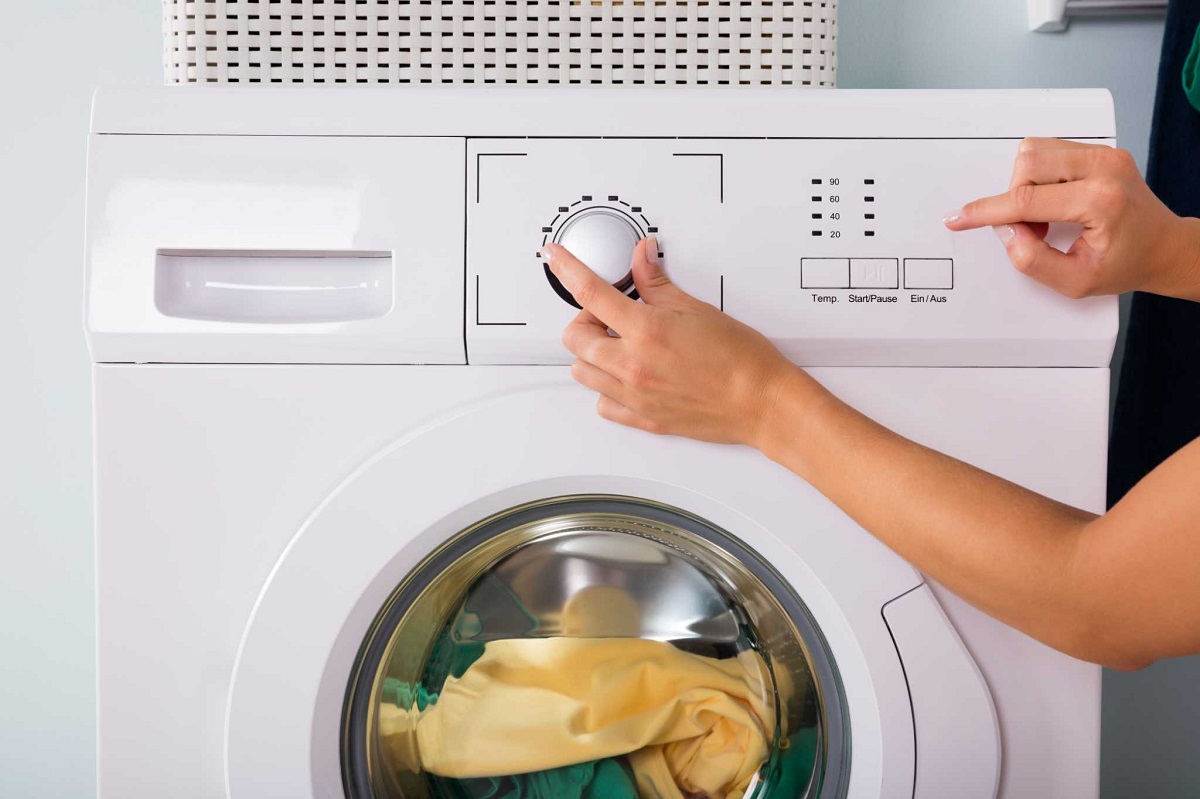
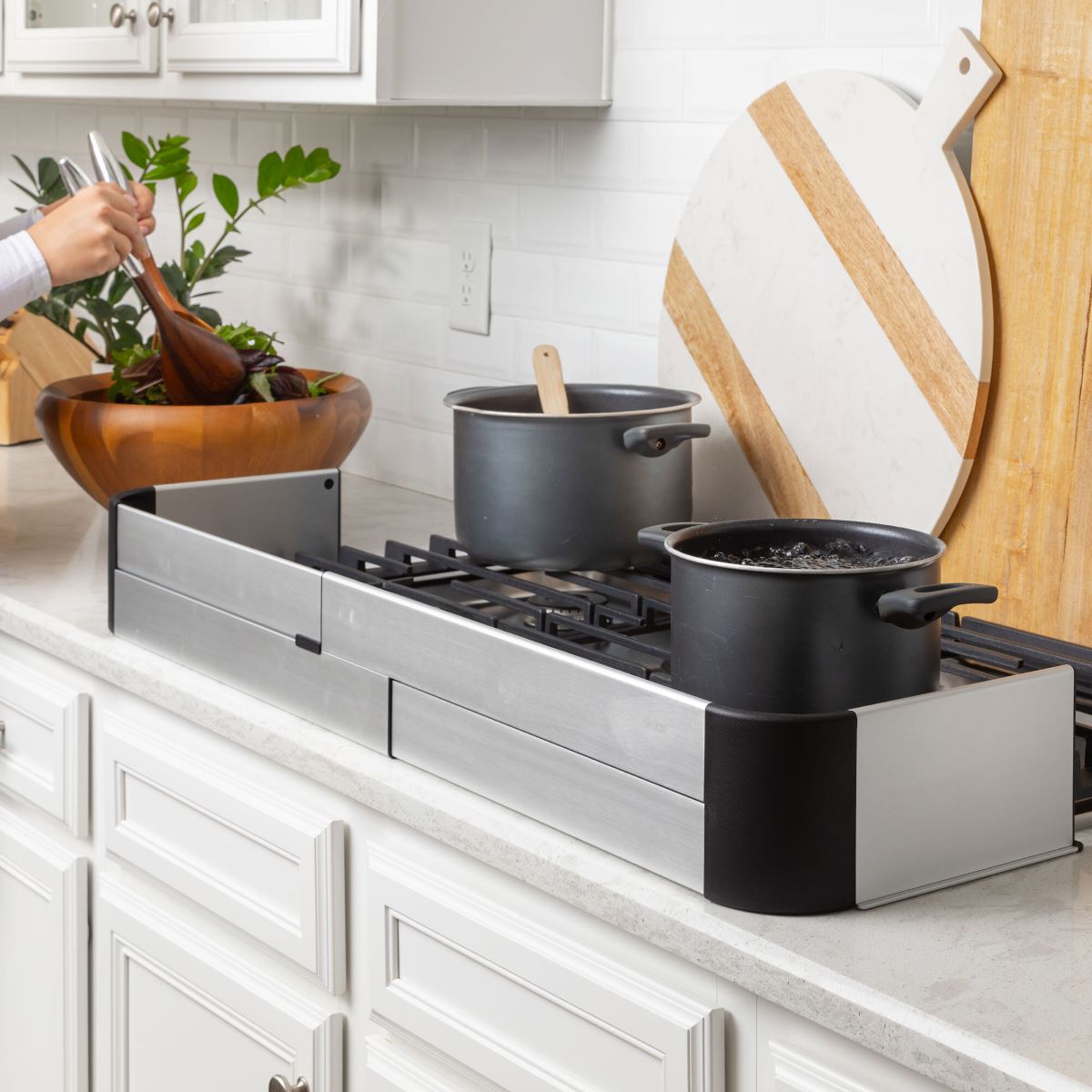
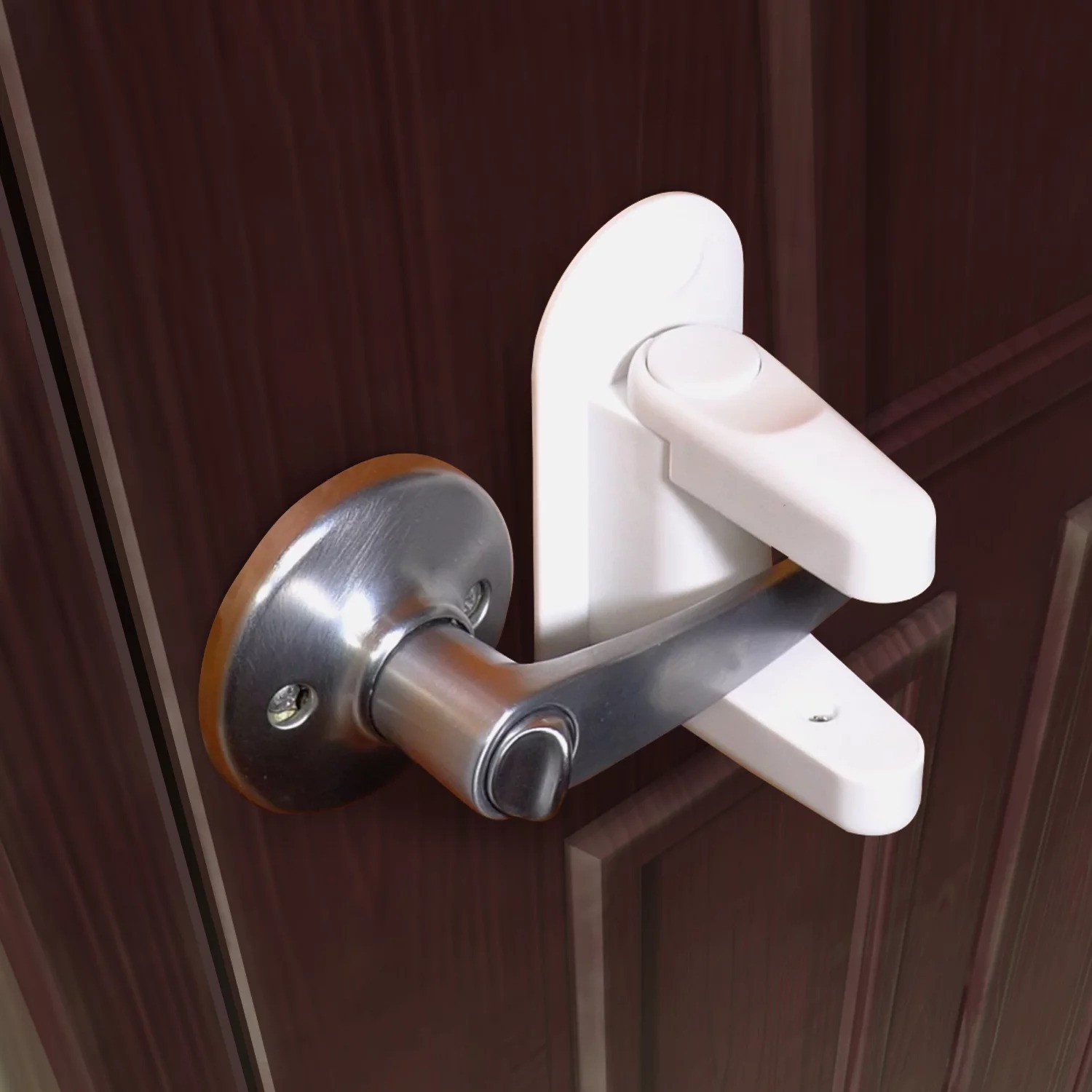
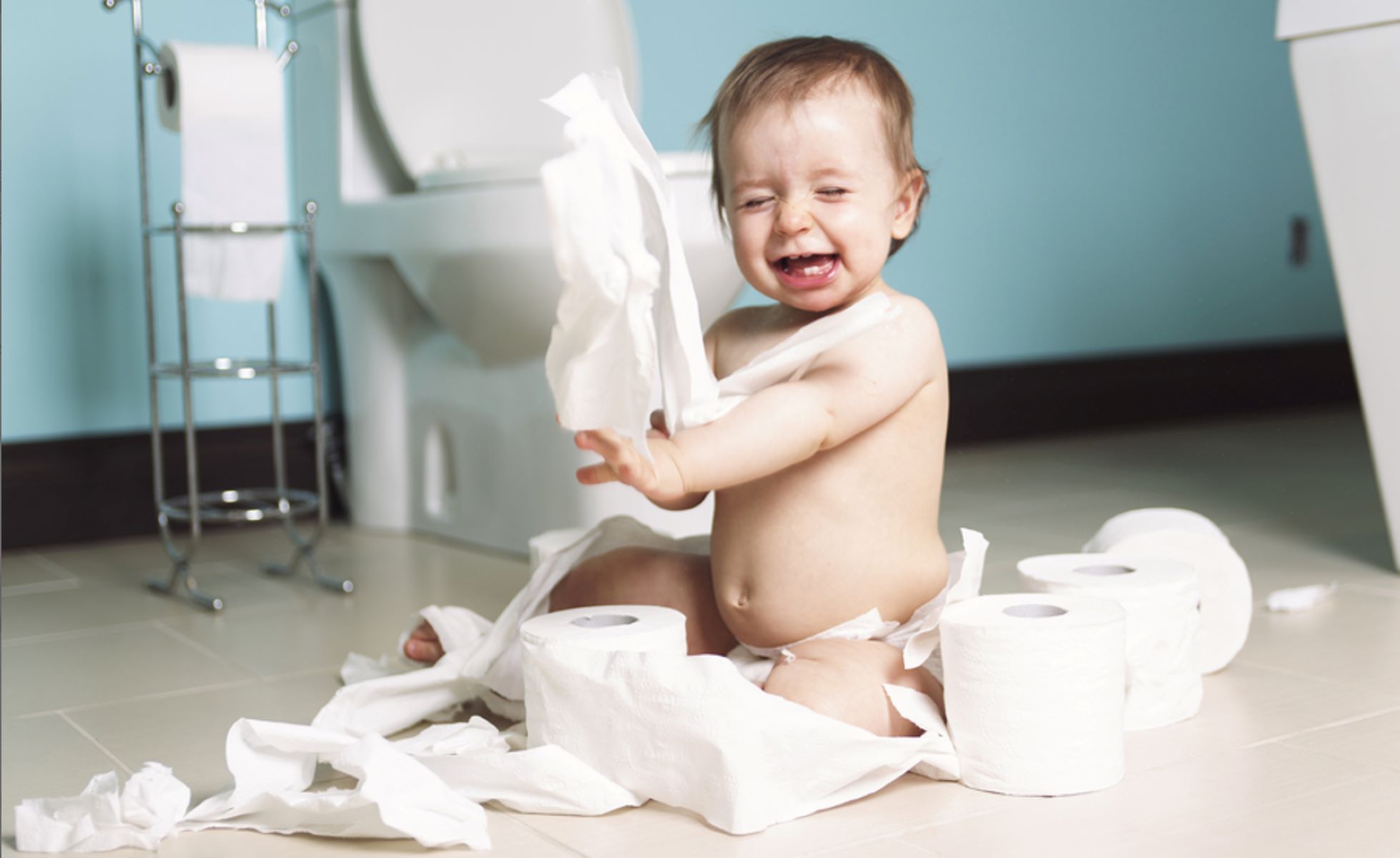
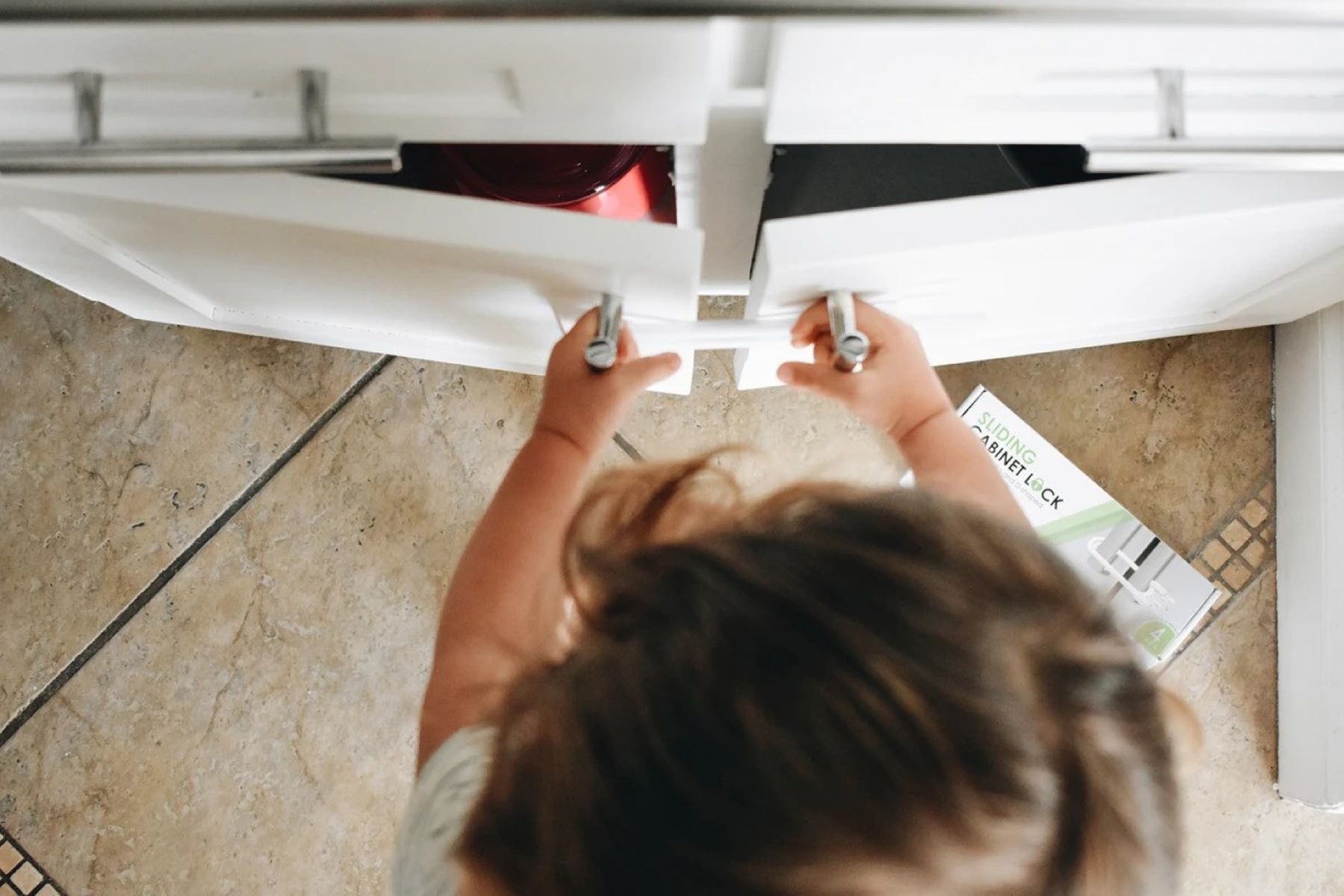
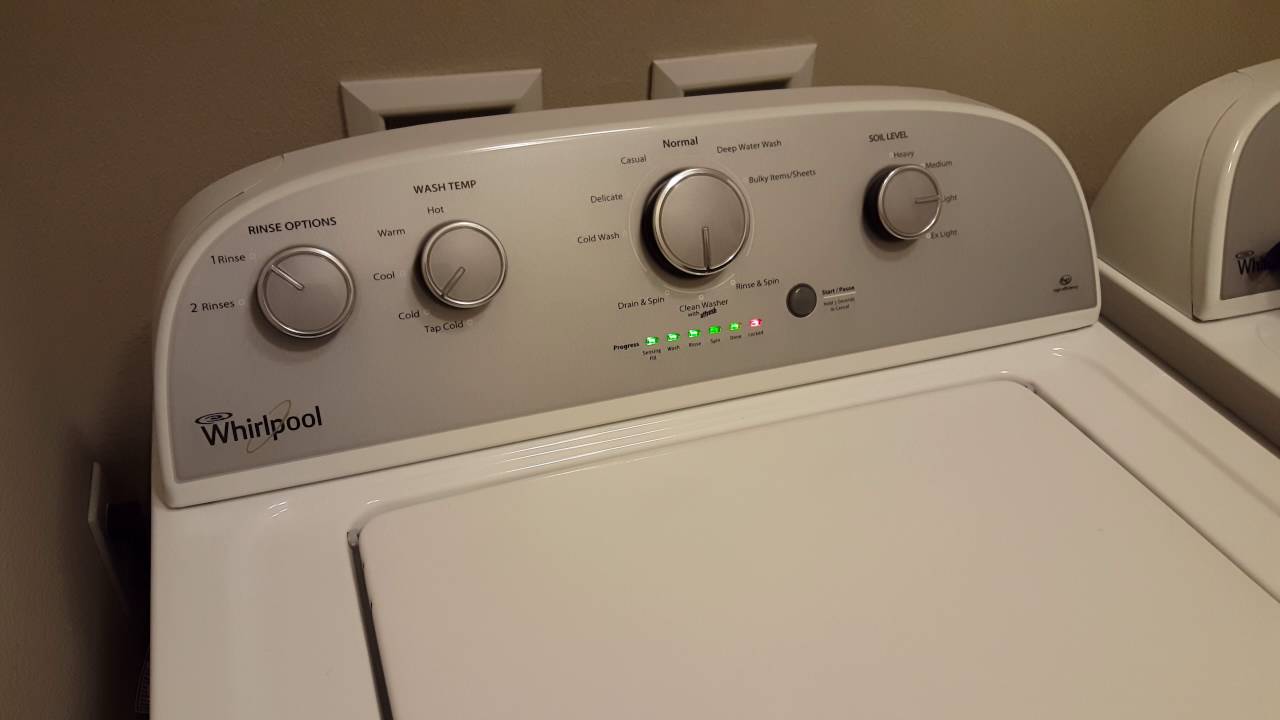

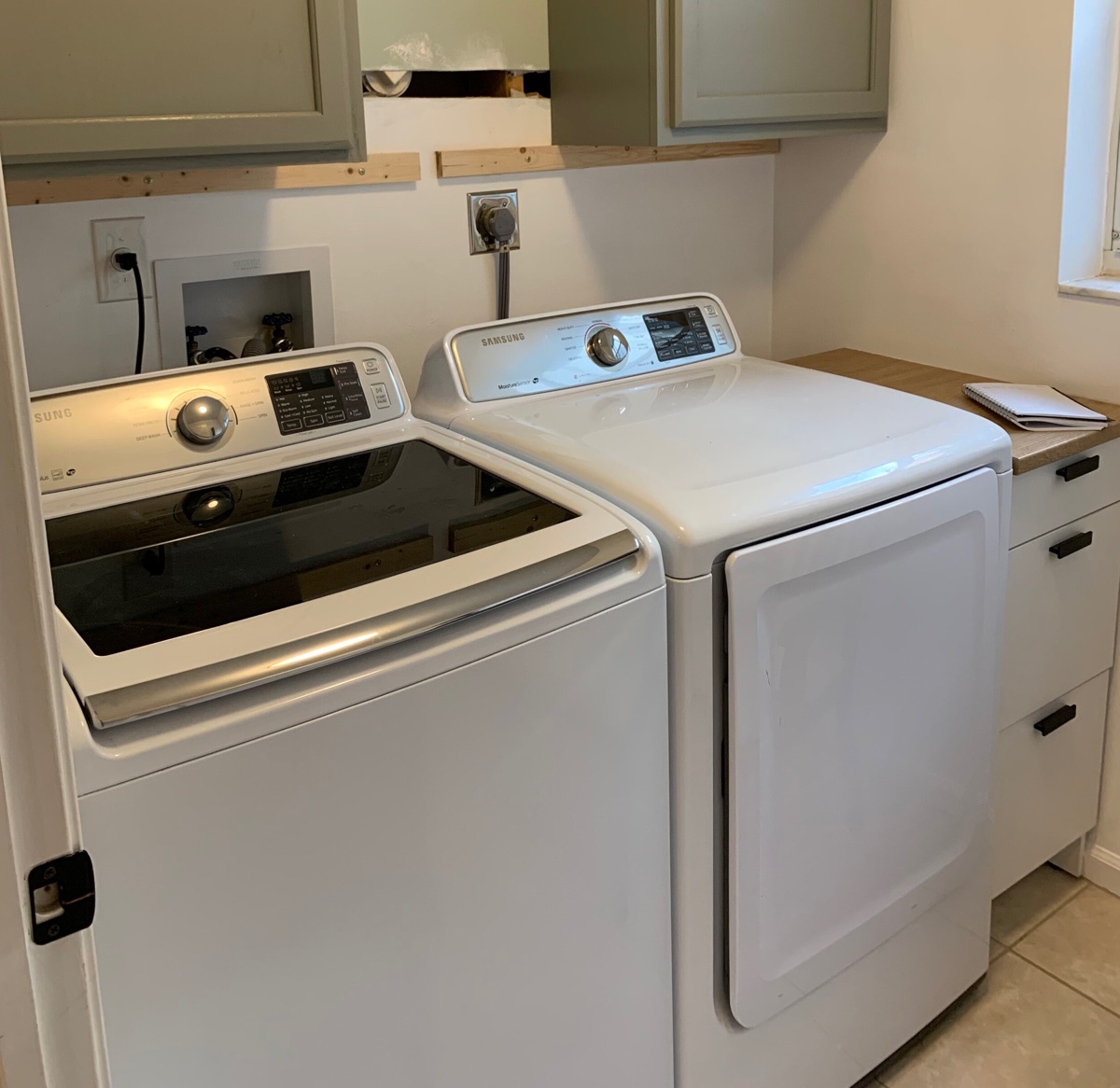
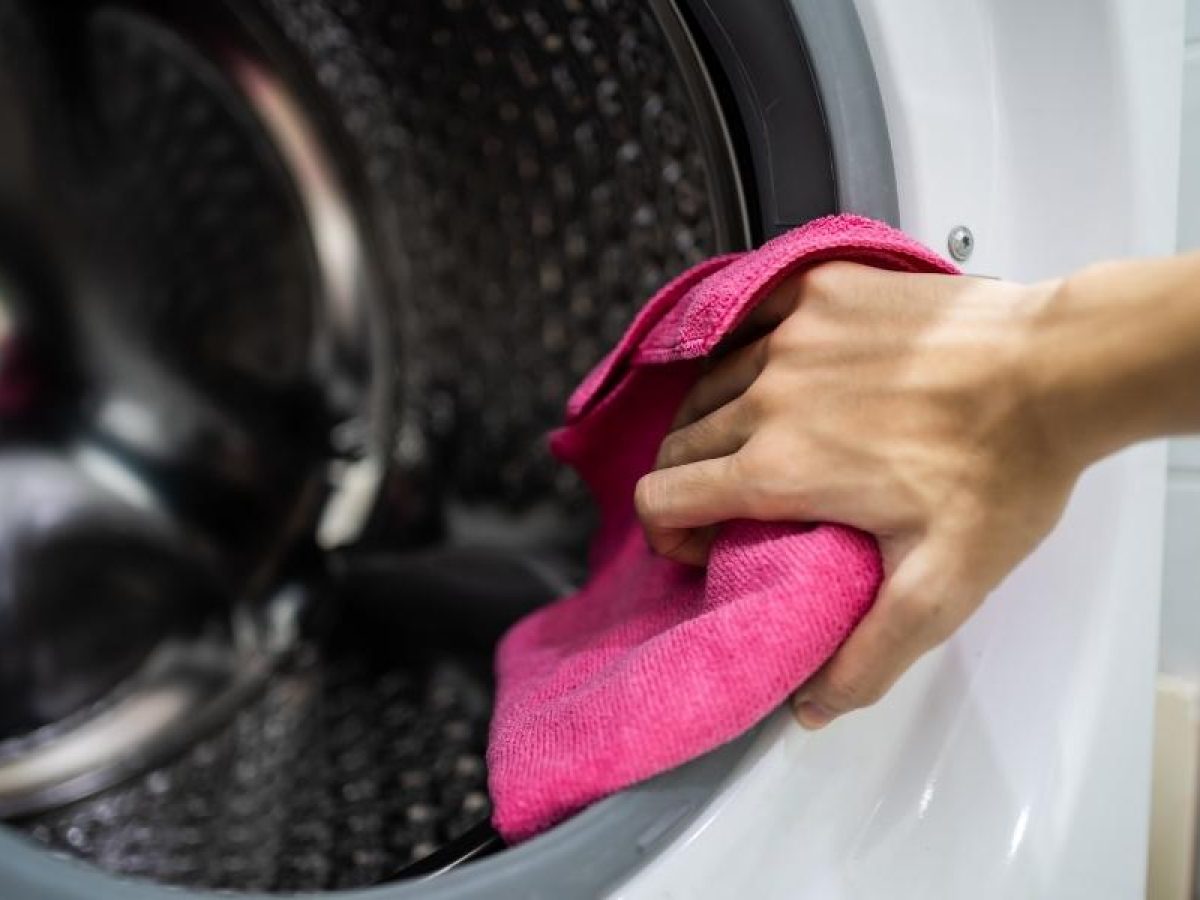
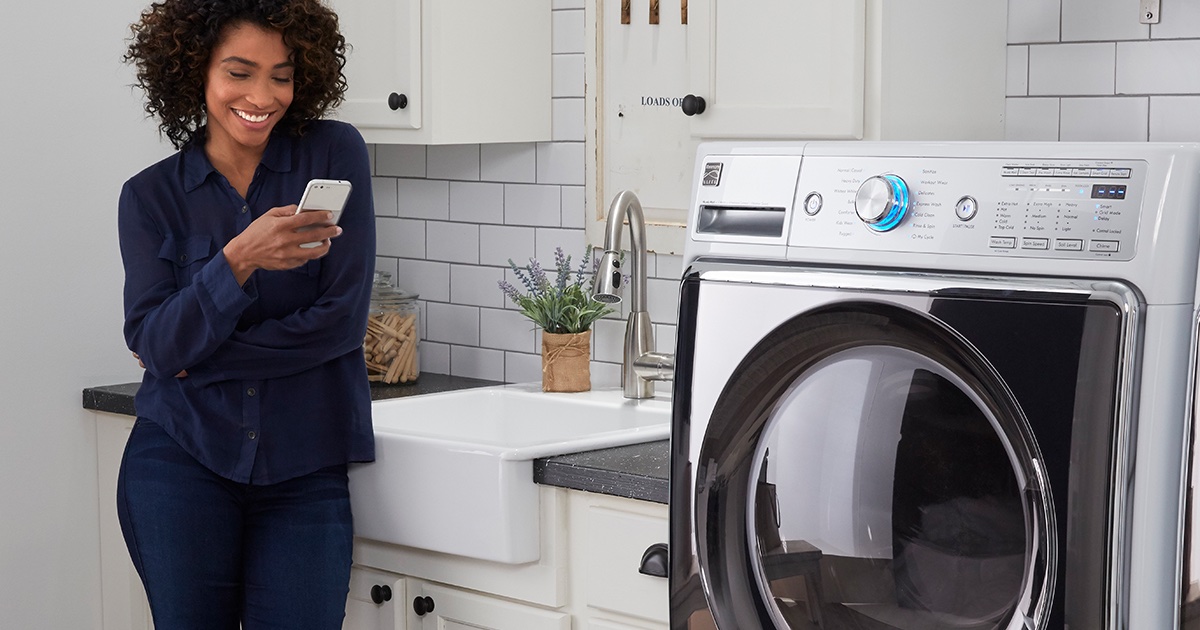
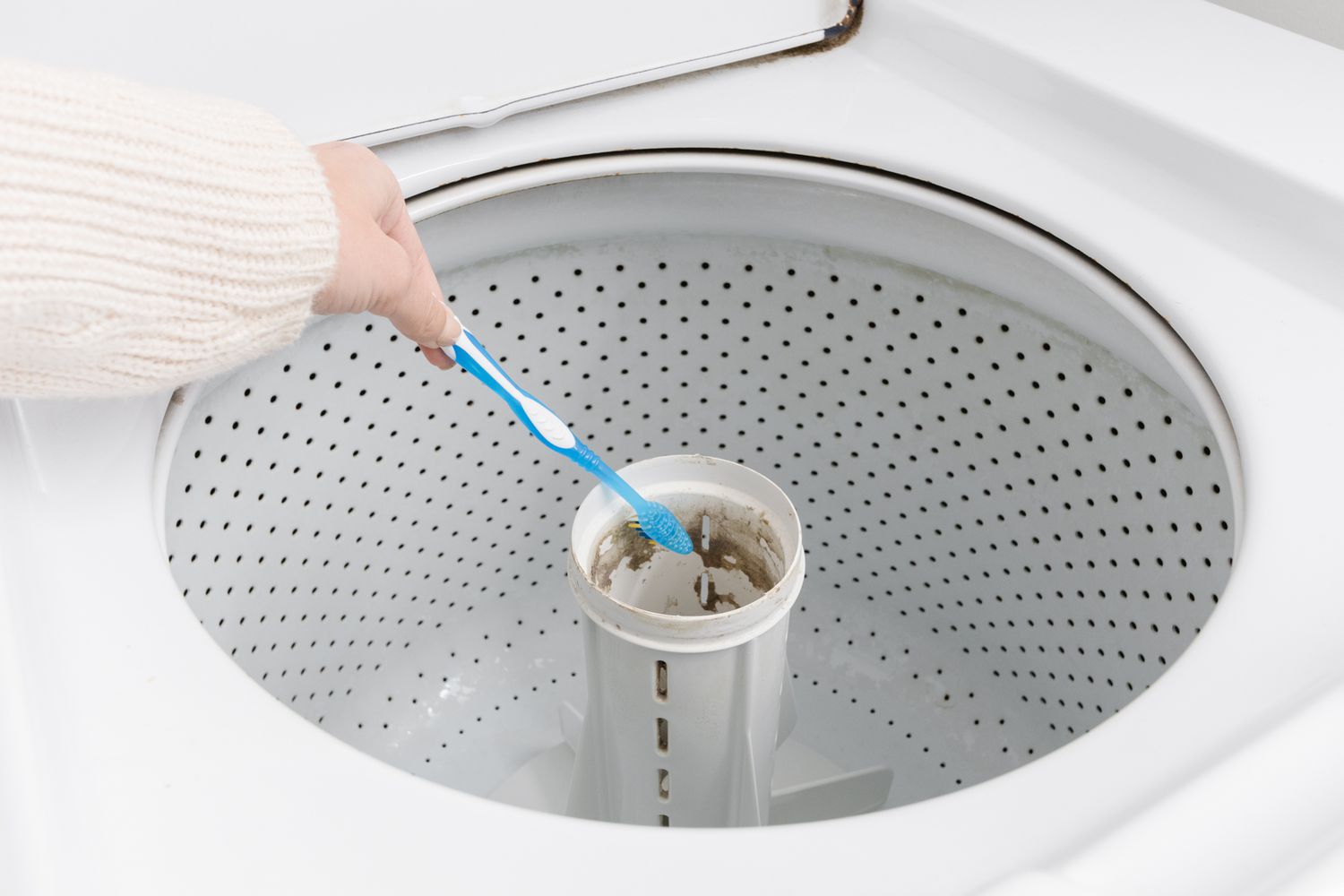
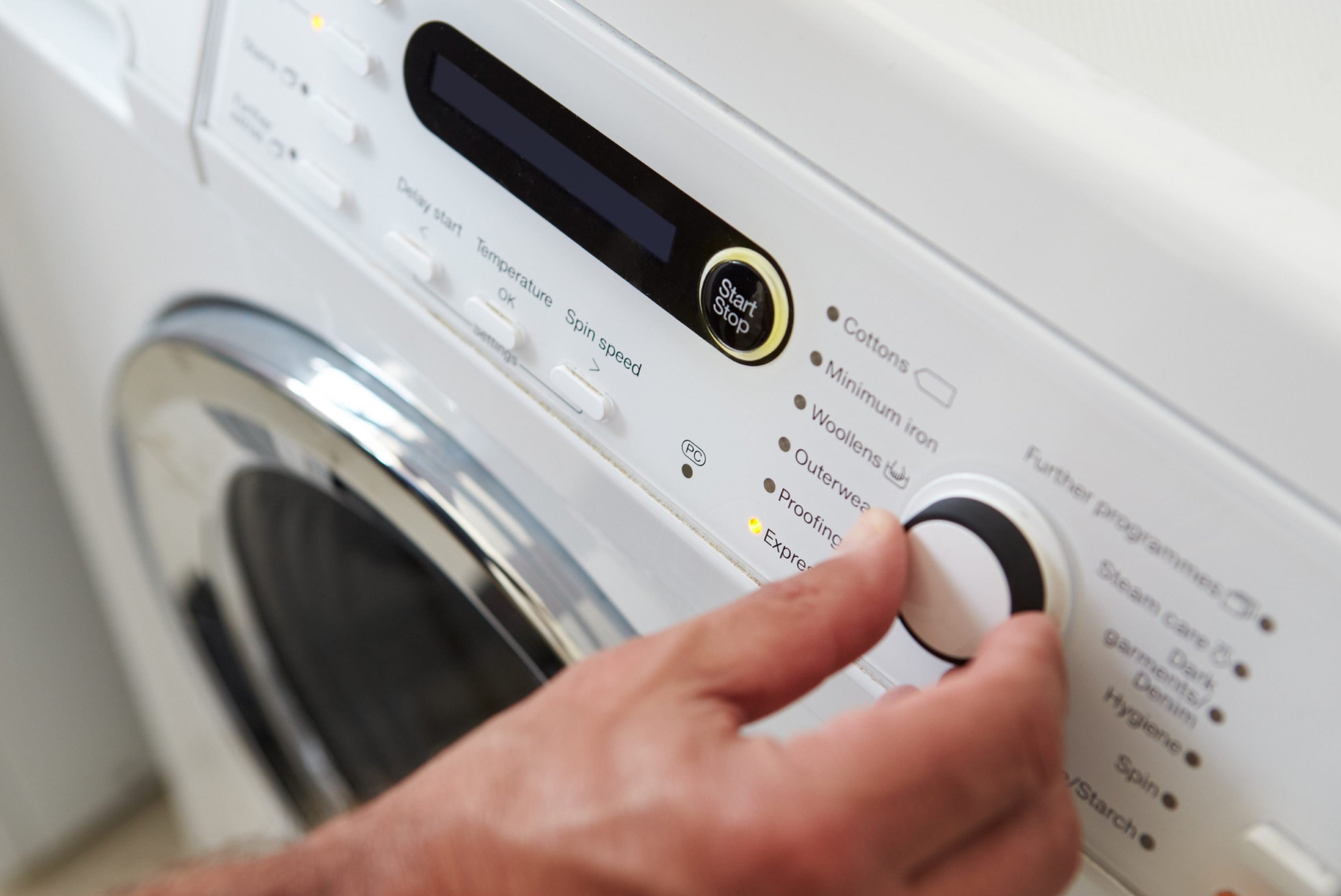

0 thoughts on “How To Childproof A Washing Machine”